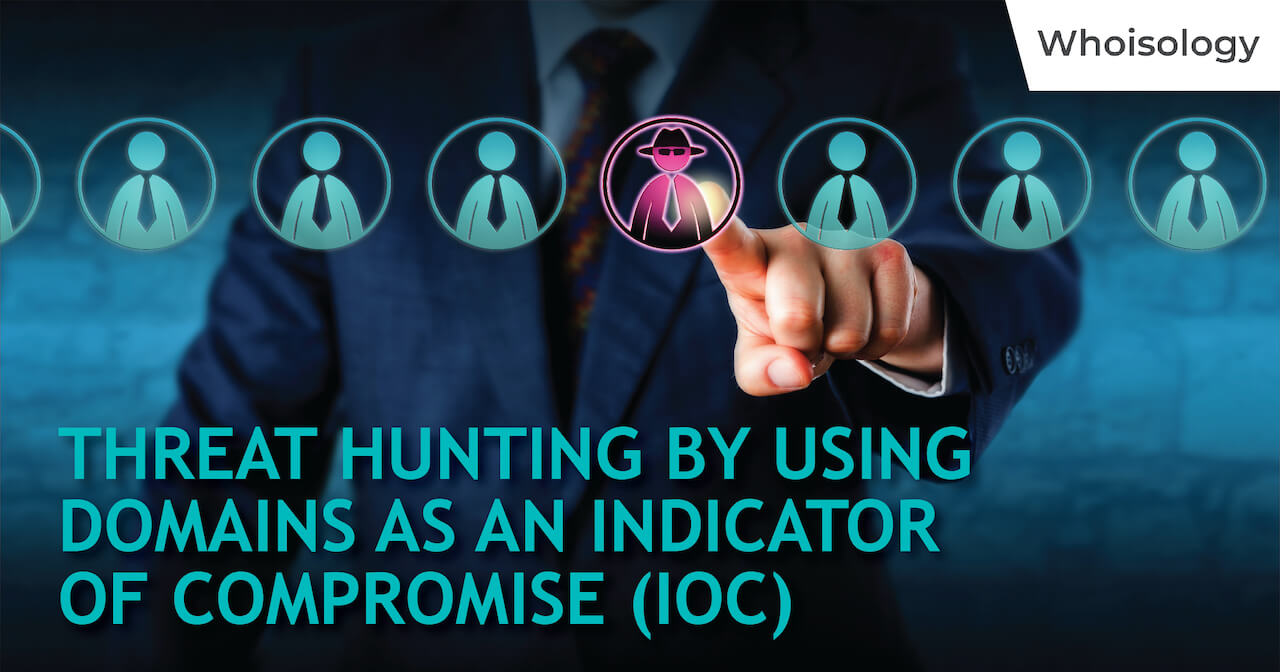Role Of Reverse Whois In Cybercrime Detection and Prevention

The digital economy has brought with it a slew of benefits and opportunities that were scarcely available to earlier generations. Yet alongside the promise of newer horizons looms the threat of cybercrime. Instances of online villainy are becoming ever more rampant with cybercriminals applying cutting-edge technologies for their own nefarious ends.
One of the prime reasons for the large spurt in online crime is that the virtual world offers a level of anonymity that cannot be achieved in the real world. Cyber criminals take advantage of this fact to commit their acts and retreat behind the complex cover of the World Wide Web.
However, it would be incorrect to assume that there is no certain way to investigate and bring such acts of cybercrime to justice. Cyber security professionals can utilize advanced technologies such as the Reverse Whois Search and associated tools to quickly uncover the identity of perpetrators of online misdemeanors and take steps to prevent future incursions.
It Begins With An IoC
Most businesses and organizations of today rely heavily on digital assets in the form of computers, network systems and data silos. The protection and prevention of attacks on these assets is therefore of utmost importance to these organizations. Cyber security professionals in charge of said systems have to continuously monitor the systems to detect any attacks, which are usually revealed through the presence of IoC.
But what is IoC? Let’s find out.
IoC stands for Indicators of Compromise. These are forensic data that indicate a breach in any digital system. Such indicators are usually in the form of irregularities in system logs or files, atypical network traffic, discrepancies in user logins and many other data points. The presence of one or more of these indicators alerts cyber security professionals to the presence of any intrusion in the systems.
An IoC can be something as innocuous as an unknown email ID or domain name. Then how can security experts use this seemingly minuscule piece of data to track the perpetrators?
Reverse Whois Comes Into Play
This is where Reverse Whois Search can be of immense help. Let us consider the following example: after an attack, the security professionals get hold of an email ID and domain name, which they suspect of being connected with the attack. As such, this can be any data item found in a regular Whois record. By running the retrieved IoC through the Whoisology online tool, the security experts can uncover all domain names related to that particular piece of data. This is usually the first step in establishing a connection between domains and the individuals or organizations behind them.
After getting hold of the related domain data, cyber security experts can then run these through the Whois Search to get access to all essential data points related to those domains, such as the registrant’s name and address, organization, and a host of other information.
The timely retrieval of these data can prove crucial to cyber security efforts. An intelligent application of a combination of Reverse Whois and Whois Search tools can expedite the process of exposing the real identities of the offenders and help the authorities take the steps necessary to apprehend them.
However, this is not the only utility of this tool.
Prevention Is Better Than Cure
As mentioned before, one of the biggest reasons cybercrime is so prevalent is the level of anonymity offered online. Reverse Whois search effectively works by taking away that comfort and revealing the person or persons behind the terminal. In order to track malicious domains with a history of infractions, or screen traffic from sources known to have been involved in cyber breaches, security professionals can take help of the Whois History Search.
Cybercriminals often change domains and take up new online identities. Using the Whois History Search, security experts can effectively track the entire domain history for a given domain name. Knowing how the domain has changed hands over the years is a crucial step in determining the credibility of the domain and its owners. Such data help to identify potential and active attackers.
Final Thoughts
The internet is a complex ecosystem, and its utility in our daily lives cannot be ignored. The use of Reverse Whois and Whois search for detection and prevention of cybercrime can be the starting point for security professionals to ensure the safety and integrity of digital systems. Professionals can now ease this investigative process with Whoisology’s easy-to-use online web tool here: https://whoisology.com